Female Vitality in Chinese and Japanese Literature: A Comparative Study of Dazai Osamu's Villon's Wife and Yu Hua's To Live
DOI: 10.23977/langl.2025.080114 | Downloads: 27 | Views: 507
Author(s)
Muchen Cui 1
Affiliation(s)
1 Beijing Normal University, 100000, Beijing, China
Corresponding Author
Muchen CuiABSTRACT
In Dazai Osamu's Villon's Wife, the meaning of "living" can be symbolically expressed through the phrase, "No matter what others do, we just need to live." Similarly, in Yu Hua's To Live, the characters embody an existence where they live "just for the sake of living, not for any other purpose." This study adopts a sociological perspective to examine the portrayal of women in Villon's Wife (set in postwar Japan in the 20th century) and To Live (set in China from the 1940s to the 1970s, a period of social turmoil). Through textual analysis, this paper explores how women demonstrate resilience and endurance under severe oppression and hardship while addressing the relationship between social change and gender issues. Despite differences in historical and cultural backgrounds, both works revolve around the central theme of "living" and depict the unwavering vitality of women. This study employs the perspectives of ecofeminism, gender sociology, and social change theory while utilizing intertextual analysis to examine how women reconstruct their social roles and values. Furthermore, this paper emphasizes the significance of incorporating literary analysis into sociological research, as these works vividly reveal gender structures and social expectations rooted in specific historical and cultural contexts, offering new interpretations of multilayered social phenomena.
KEYWORDS
Ecofeminism, Gender Sociology, Social Change Theory, Female VitalityCITE THIS PAPER
Muchen Cui, Female Vitality in Chinese and Japanese Literature: A Comparative Study of Dazai Osamu's Villon's Wife and Yu Hua's To Live. Lecture Notes on Language and Literature (2025) Vol. 8: 102-108. DOI: http://dx.doi.org/10.23977/langl.2025.080114.
REFERENCES
[1] Yu Hua. To Live. Publisher, 1996: Preface.
[2] Dazai Osamu. Villon's Wife and Otome. Iwanami Shoten, 1926
[3] Yu Hua, Iizuka Yō. To Live. Chūōkōron Shinsha, 2019: 47.
[4] Kristeva, Julia. Language: The Unknown: An Initiation Into Linguistics. Columbia University Press, 2025. ISBN 9780231216791.
[5] Tong Xin. Sociology of Gender. Peking University Press, 2022. ISBN 978-7-301-33467-6.
[6] Risman, B. J., Froyum, C. M., & Scarborough, W. J. (Eds.). Handbook of the Sociology of Gender. Springer, Cham.
[7] Durkheim, É. (1893). Social Solidarity: The Division of Labor in Society. Trans. by George Simpson. New York: Free Press.
[8] Bourdieu, P. (1991). Language and Symbolic Power. Trans. by Gino Raymond & Matthew Adamson. Cambridge: Polity Press.
[9] Chen Weihua. "The Origins and Evolution of Ecofeminism: A Historical and Theoretical Perspective." Forum on Chinese Culture, 2016, (12): 145-150.
[10] Wei Xiaoting. "An Analysis of Redemption and Regeneration in the Film Villon's Wife: Cherry and Dandelion." Masterpieces Review, 2022, (11): 159-161.
[11] Lin Huayu. "The Ice Dancer in the Dark Night: An Interpretation of Female Characters in Yu Hua's Novels." Research on Chinese Literature, 2001, (04): 70-74.
[12] Chen Weihua. "The Ecoism of 'She' and the Feminism of 'Ecology': An Ecofeminist Perspective on Ecological Civilization." People's Tribune, 2013, (26): 176-177+256.
| Downloads: | 48830 |
|---|---|
| Visits: | 929043 |
Sponsors, Associates, and Links
-
Journal of Language Testing & Assessment
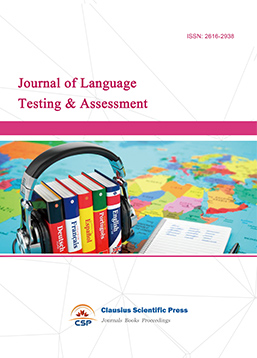
-
Information and Knowledge Management

-
Military and Armament Science

-
Media and Communication Research

-
Journal of Human Movement Science
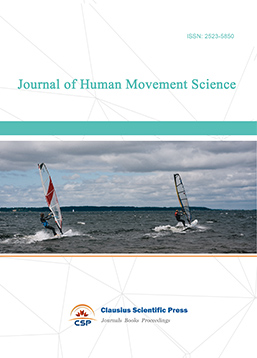
-
Art and Performance Letters
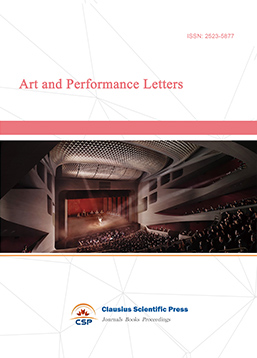
-
Lecture Notes on History
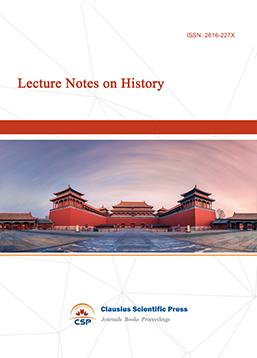
-
Philosophy Journal
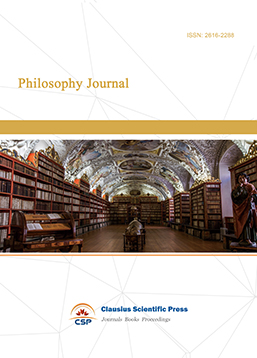
-
Science of Law Journal

-
Journal of Political Science Research
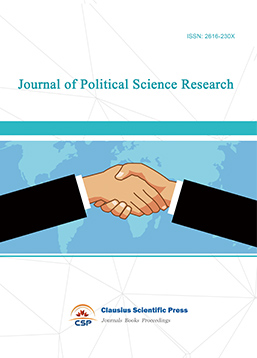
-
Journal of Sociology and Ethnology
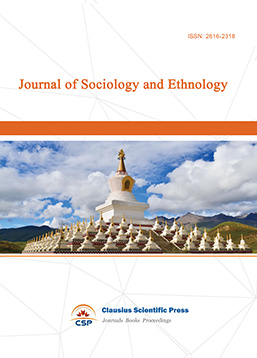
-
Advances in Broadcasting


 Download as PDF
Download as PDF